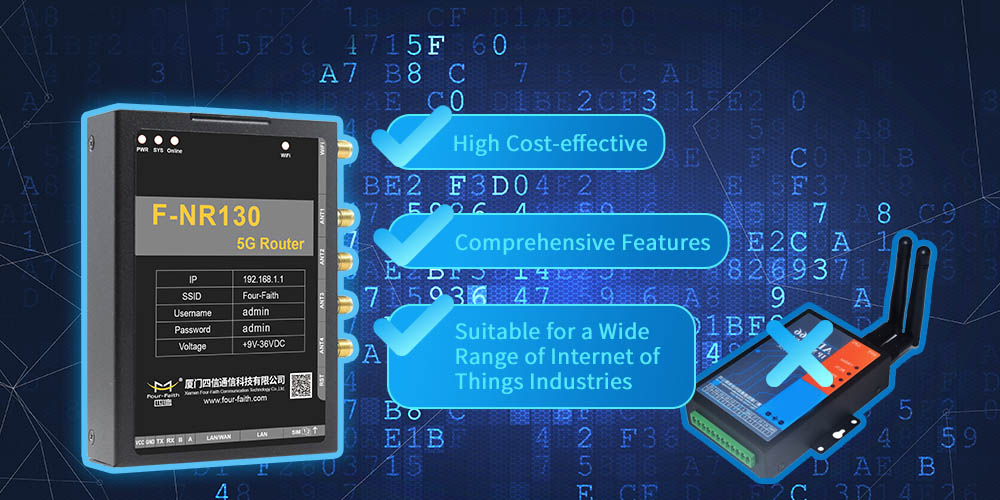When choosing router protocol, appearance and size, attention should be paid to security, control software, network expansion capability, network management system, and live plugging capability.
1. Choice of router protocol
Since the local area network did not first produce standards and then produce products, many manufacturers such as Apple and IBM have proposed their own standards, resulting in protocols such as AppleTalk and IBM. Novell's network operating system runs IPX/SPX protocol. Routers are required to support these protocols when constructing a network. Intel9100 series and 9200 series routers can provide free support, and 3Com's series of router products also provide a wider range of protocol support.
The router acts as a "black box" in the network equipment and works in the background. When users choose routers, they mostly consider from a technical point of view, such as scalability, interoperability of routing protocols, wide-area data service support, internal ATM support, and SAN integration capabilities. In addition, the selection of routers should also follow the following basic principles: the standardization principle, the principle of technical simplicity, the principle of environmental adaptability, the principle of manageability and the principle of fault-tolerant redundancy. For high-end routers, more consideration should be given to whether and how to adapt to the high-performance requirements of the backbone network for high network reliability, high interface scalability, and route lookup and data forwarding. The "three highs" features of high reliability, high scalability and high performance are the key to distinguishing high-end routers from mid- and low-end routers.
2. Purchase of routers
Since the router is a key device in the network, in view of various security risks existing in the network, the router must have the following security features:
2.1 Reliability and Line Safety Reliability requirements are proposed for fault recovery and load capacity. For routers, reliability is mainly reflected in the two situations of interface failure and network traffic increase. For this reason, backup is one of the indispensable means for routers. When the main interface fails, the backup interface is automatically put into work to ensure the normal operation of the network. When the network traffic increases, the backup interface can undertake the task of load balancing.
2.2 Identity Authentication The identity authentication in the router mainly includes the identity authentication when accessing the router, the identity authentication of the peer router and the identity authentication of the routing information.
2.3 Access Control The access control of routers requires hierarchical protection of passwords. There are IP address based access control and user based access control.
2.4 Information Hiding When communicating with the peer, it is not necessary to communicate with the real identity. Through address translation, you can hide internal addresses and access external networks only as public addresses. Except for connections first initiated by the internal network, users outside the network cannot directly access resources on the network through address translation.
2.5 Data encryption
2.6 Attack Detection and Prevention
2.7 Security Management
3. The control software of the router is a key link in the function of the router. From software installation, parameter automatic setting, to software version upgrade are essential. The more convenient the software installation, parameter setting and debugging are, the easier it is for users to master and apply better.
4. With the gradual increase of computer network applications, the existing network scale may not meet the actual needs, resulting in the requirement to expand the network scale. Therefore, the expansion capability must be considered in the design and construction of a network. The size of the expansion capability mainly depends on the number of expansion slots or expansion ports supported by the router.
5. With the construction of the network, the scale of the network will become larger and larger, and the maintenance and management of the network will become more difficult. Therefore, network management is particularly important. In the process of installing, debugging, overhauling and maintaining or expanding a computer network, it is inevitable to add or remove equipment to the network, which means that it may be necessary to plug and unplug network components. Whether the router can support live plugging and unplugging is an important performance indicator of the router.
6. Choice of external dimensions
If the network has completed building-level integrated wiring, and the project requires centralized management of network equipment on the computer, you can choose a 19-inch wide rack-mounted router.

